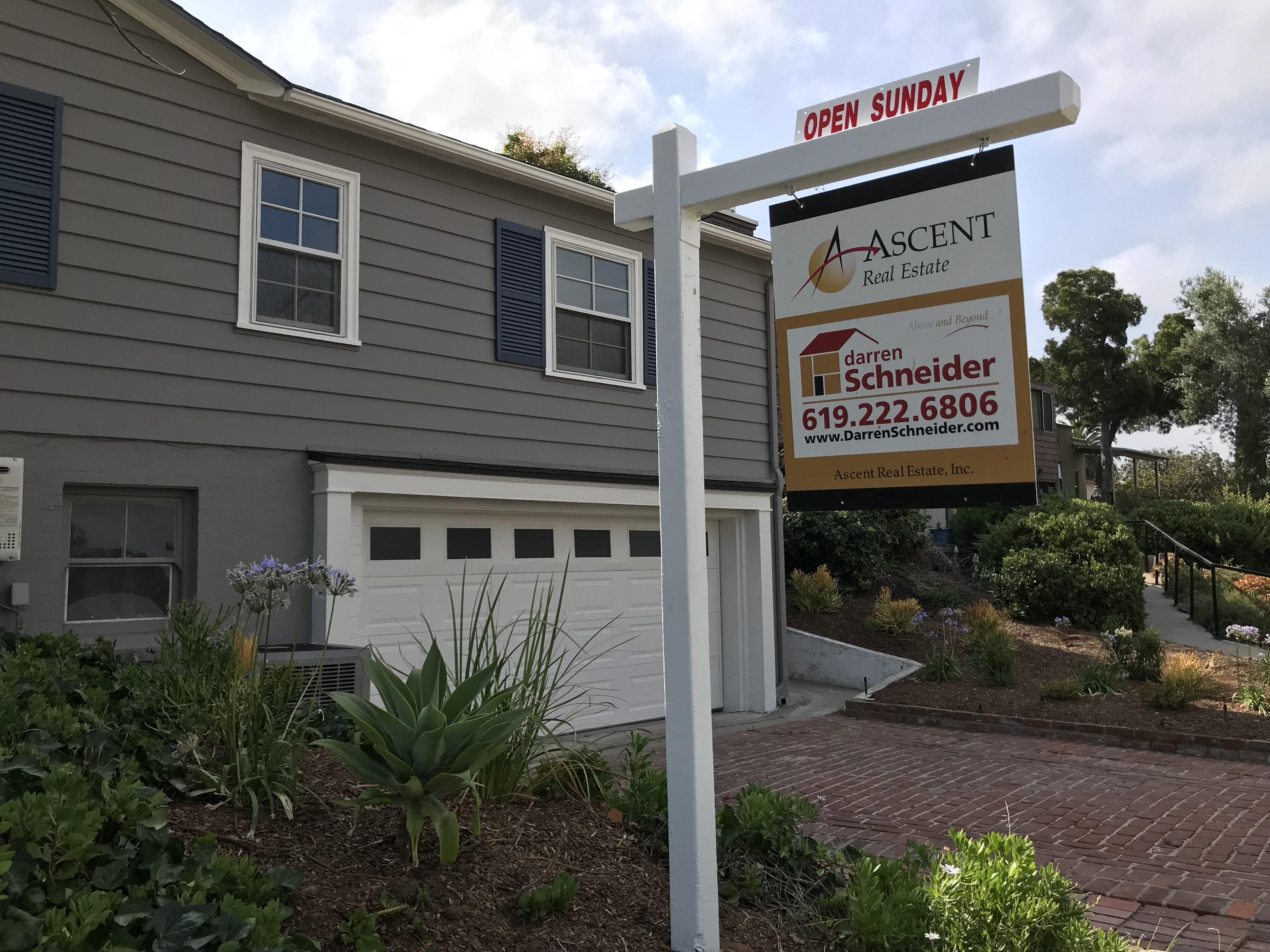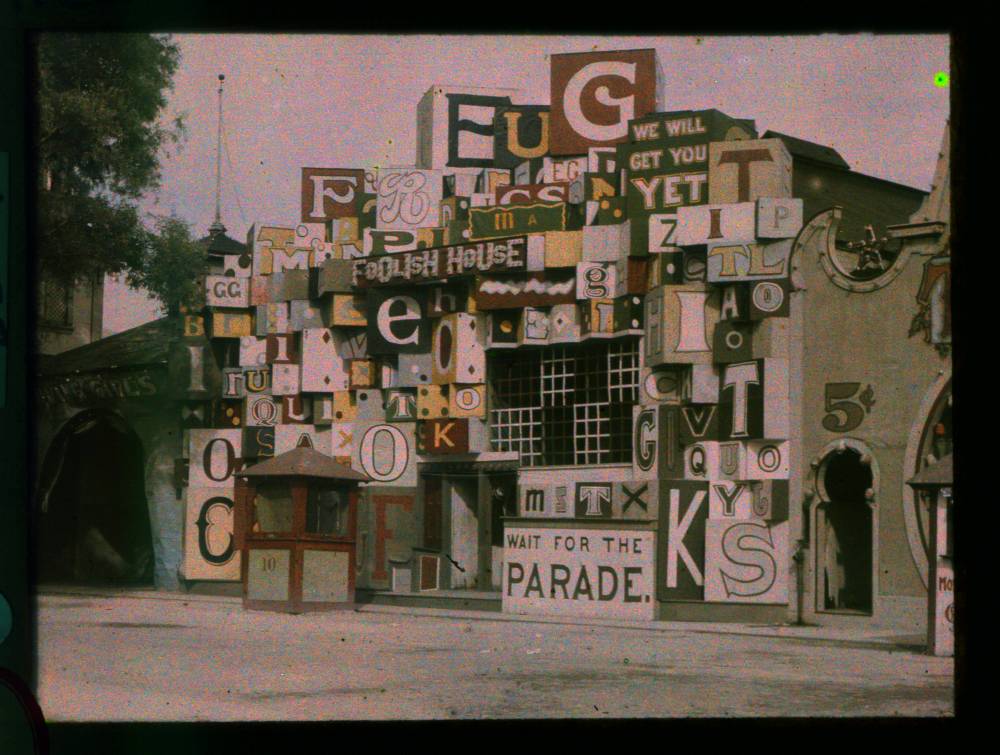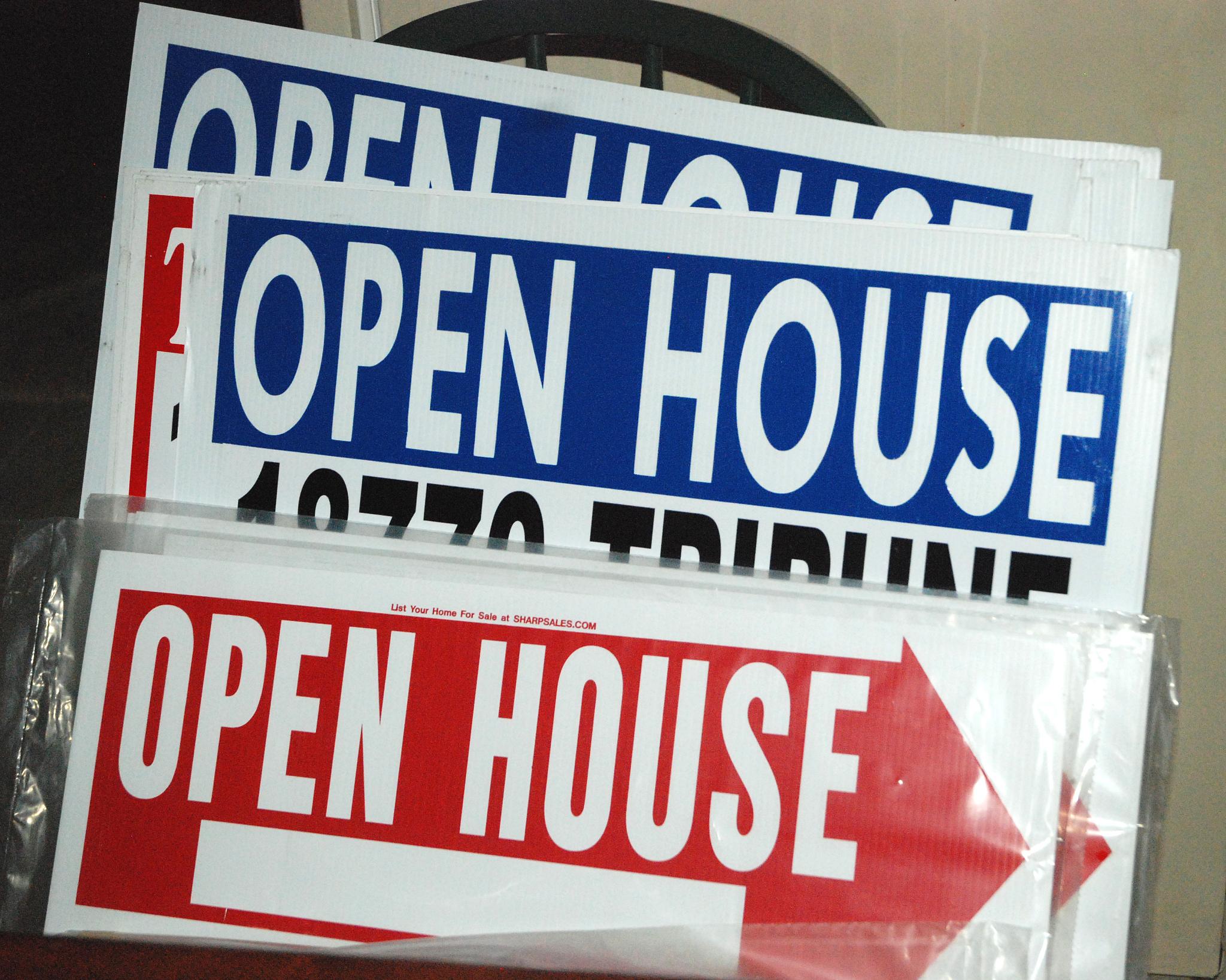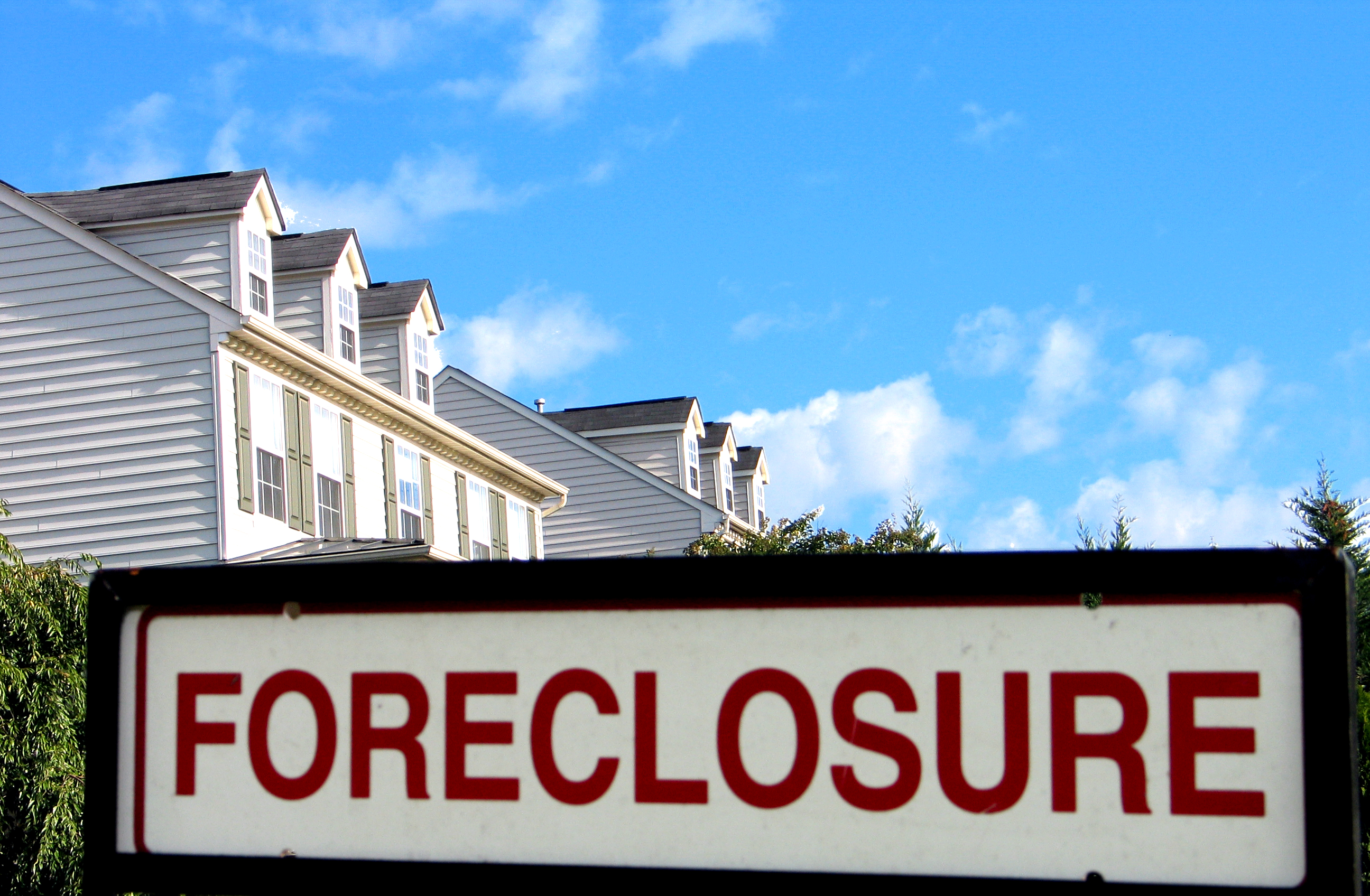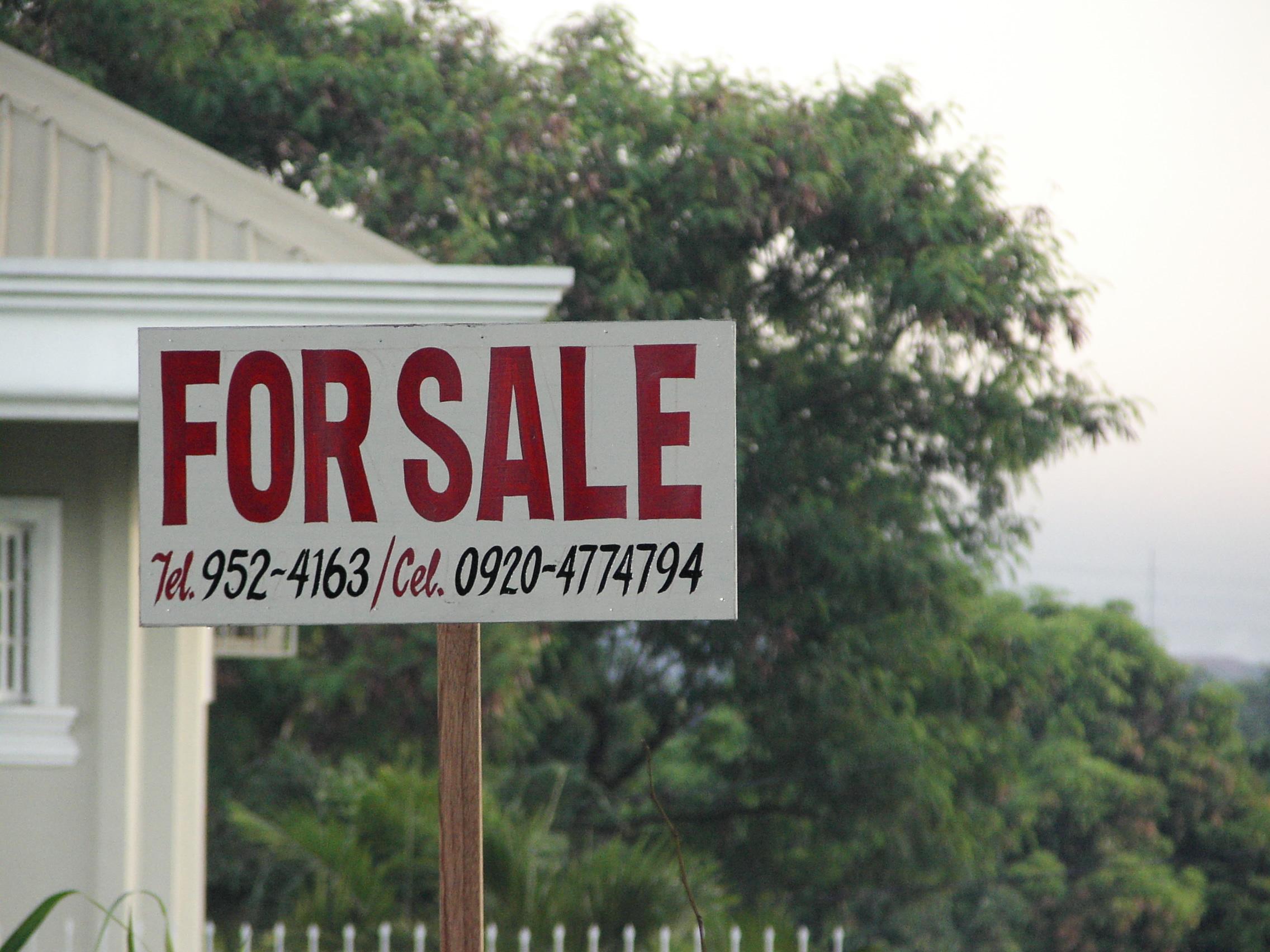In a pandemic-stricken economy of soaring unemployment and where small businesses fall like dominos—and more risk toppling because of California Governor Gavin “Gruesome” Newsom’s restrictive lockdown orders—you might expect the housing market to reflect real-world woes. Oddly, though, the median sale price of homes in metro San Diego is a record high of $665,000, according to data collected by Redfin. That’s a 13-percent year-over-year increase, as of Sept. 6, 2020. County-wide, according to the California Association of Realtors, median home price is $732,560, and that’s up 13 percent from August 2019.
My neighborhood, University Heights, reflects the trend—with emphasis. Searching Trulia and Zillow, the bargain-basement-priced listing is a single-bedroom, one-bath, 576-square-foot condominium in a three-story complex looking into an open courtyard. You can live there for $299,900, or $521 per square foot. If that’s too small, how about a cozy two-bed, two-bath, 726-square-foot condo for $415,000; $572 per square foot? Both places are indistinguishable from any apartment for rent; maybe not as good-looking.

